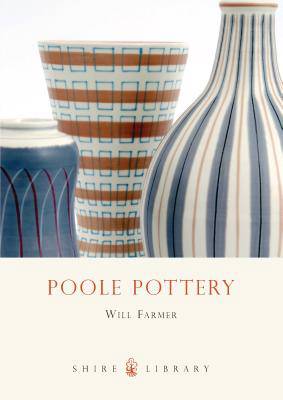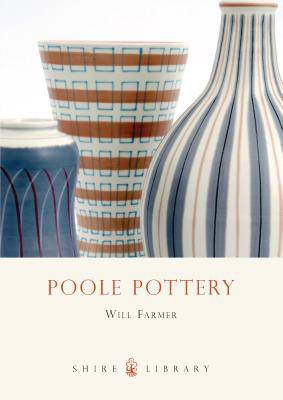
- Retrait gratuit dans votre magasin Club
- 7.000.000 titres dans notre catalogue
- Payer en toute sécurité
- Toujours un magasin près de chez vous
- Retrait gratuit dans votre magasin Club
- 7.000.000 titres dans notre catalogue
- Payer en toute sécurité
- Toujours un magasin près de chez vous
Description
Poole Pottery is recognized as one of the most distinctive and most collected potteries of the twentieth century. Founded by Jesse Carter in 1873, by the 1880s the factory was well known for its tiling products, mosaic flooring and advertising panels. After the turn of the century the company flourished in the hands of the founder's sons, developing the hand-decorated style that would be their signature for many years to come.
In 1921, Charles Carter, the respected designer Harold Stabler, and the husband and wife John and Truda Adams established a subsidiary that would establish Poole as one of the centres of ceramic arts. The firm began to draw inspiration from many historical styles and cultures including Egyptian, Grecian and the Middle East all combined with the revival of the Delftware technique of freehand painting on a white tin glazed ground. Throughout the 1920s and '30s Poole became synonymous with elegant and expertly executed wares produced in a daring and highly decorative style of modernism. The firm grew rapidly and employed a number of key artists and decorators who in turn brought their own ideas to the table. Post-war production was mostly based on pre-war designs, but in 1958 the company developed a whole new range of 'studio ware'. The Studio was seen as a design hot bed, with nothing off limits and no treatments or techniques out of bounds. The pieces from this period were expensive to produce, but the level of production and quality of design put Poole firmly at the front of the British craft pottery movement. This range became the basis for the more commercial Delphis range, which found immediate success and helped the company maintain its market position. The end of the twentieth century was a more difficult time for Poole, but it remains one of the great names of British ceramics and the decorative arts. In this highly illustrated introduction Poole devotee and expert Will Farmer tells the story of this remarkable and popular firm.Spécifications
Parties prenantes
- Auteur(s) :
- Editeur:
Contenu
- Nombre de pages :
- 64
- Langue:
- Anglais
- Collection :
Caractéristiques
- EAN:
- 9780747808350
- Date de parution :
- 19-07-11
- Format:
- Livre broché
- Format numérique:
- Trade paperback (VS)
- Dimensions :
- 145 mm x 203 mm
- Poids :
- 158 g

Les avis
Nous publions uniquement les avis qui respectent les conditions requises. Consultez nos conditions pour les avis.






